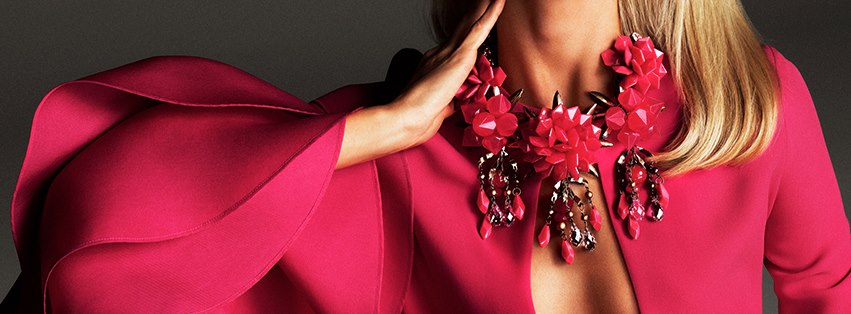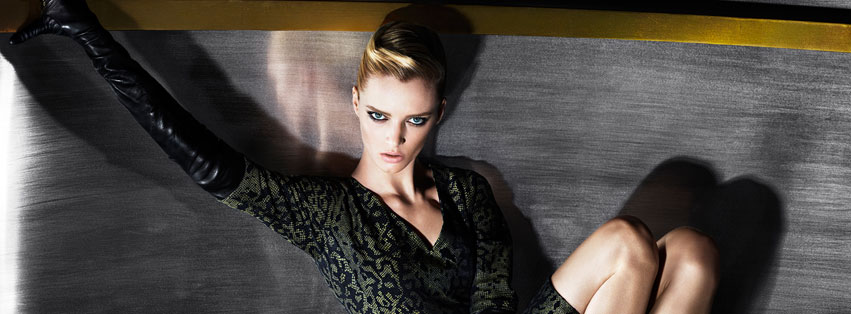How labeling products as user designed backfires in the Context of luxury fashion brands.
Haute couture devotees buck the trend for user-designed fashion, according to a new study published by the American Marketing Association. Crowdsourcing fashion only works for mainstream brands – try selling an haute couture devotee a user-designed Gucci purse and she will reject it as inferior and potentially damaging to her reputation.
The study, published in the American Marketing Association’s Journal of Marketing, shows that while mainstream fashion labels can benefit from user-designed products, the same does not apply to luxury fashion brands. Instead, high-end customers perceive user-designed luxury products to be lower in quality and lacking in the high status associated with purchasing items made by the world’s top fashion designers.
“Luxury fashion fans want to touch a piece of fame, not the ‘boy next door,'” says Darren Dahl, Marketing Professor at the Sauder School of Business, UBC.
In contrast to mainstream fashion brands such as H&M, Diesel, or Replay, the authors found that when luxury brands such as Prada, Gucci and Louis Vuitton attempt to sell fan-designed goods, they fail to get buy-in from their customers.
The reason for this difference in consumer behavior, according to Martin Schreier, Professor of Marketing at WU Vienna, is that people buy luxury fashion to signal that they have high status and are better off than others. “Buying a Prada bag designed by another user would cheapen the item and be counterproductive toward that end,” he says.
“When it comes to user-designed fashion, mainstream brands, which are positioned to make their customers feel closer to each other should consider user involvement a gold mine as it triggers the sought-after sense of community,” says Christoph Fuchs, Associate Professor at the Rotterdam School of Management. “But for luxury brands which are positioned to help their customers exhibit affluence and elevated social status, user involvement is a powder keg that might backfire.”
Emanuela Prandelli, also co-author of the study, states that “the paper issues a strong warning to marketers of premium fashion brands, urging them to rethink how they approach user involvement in the design of new products.





